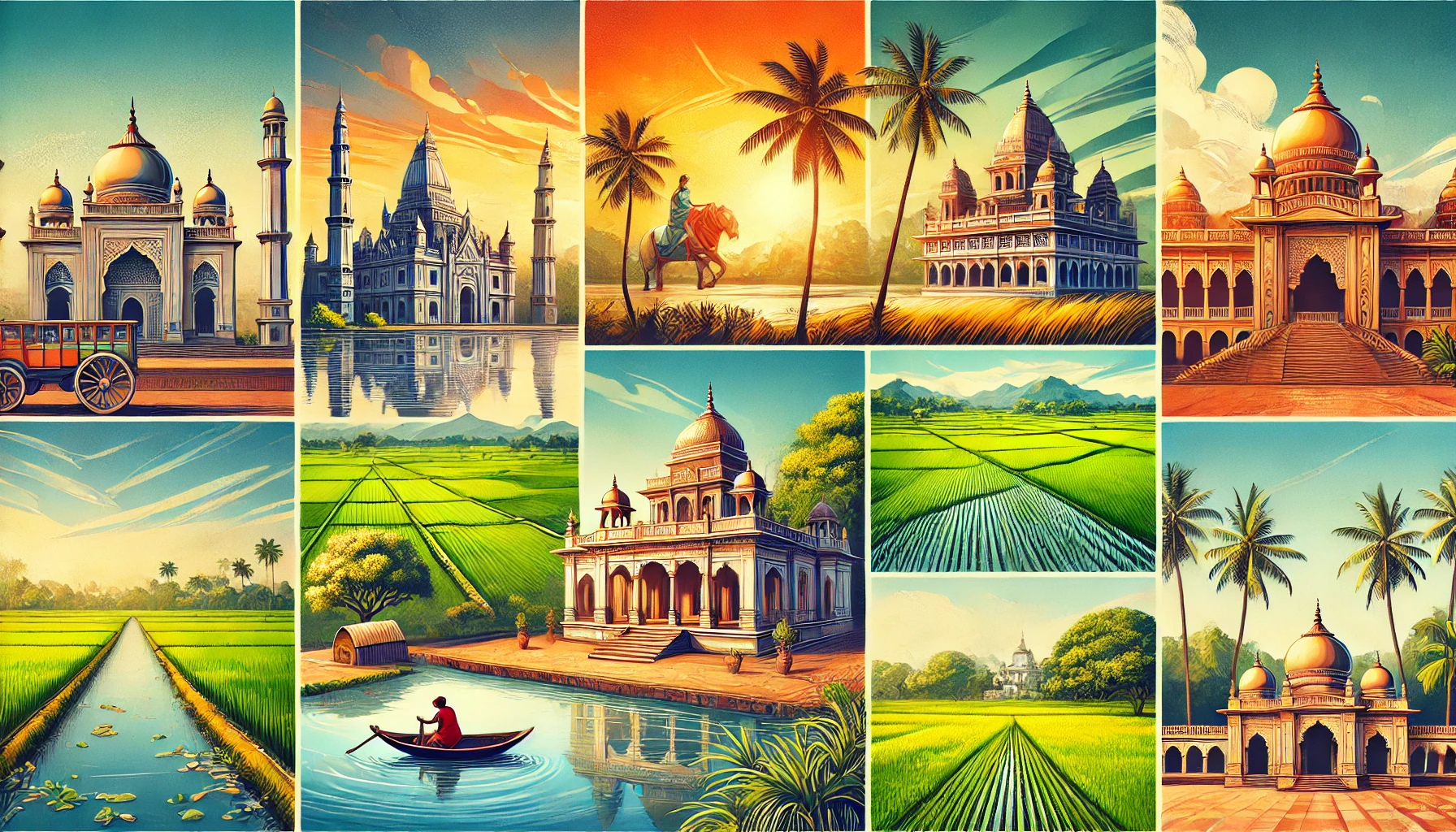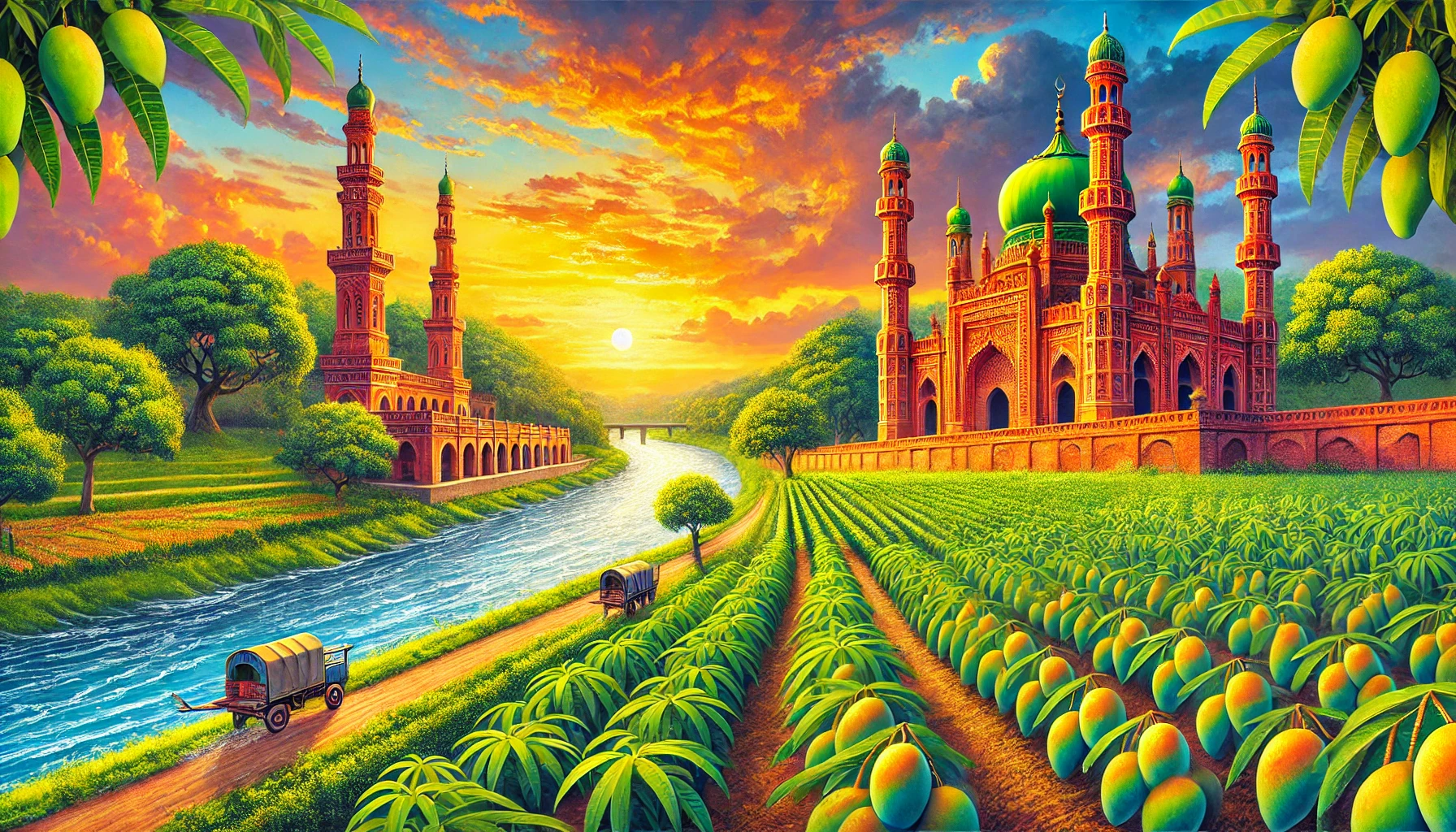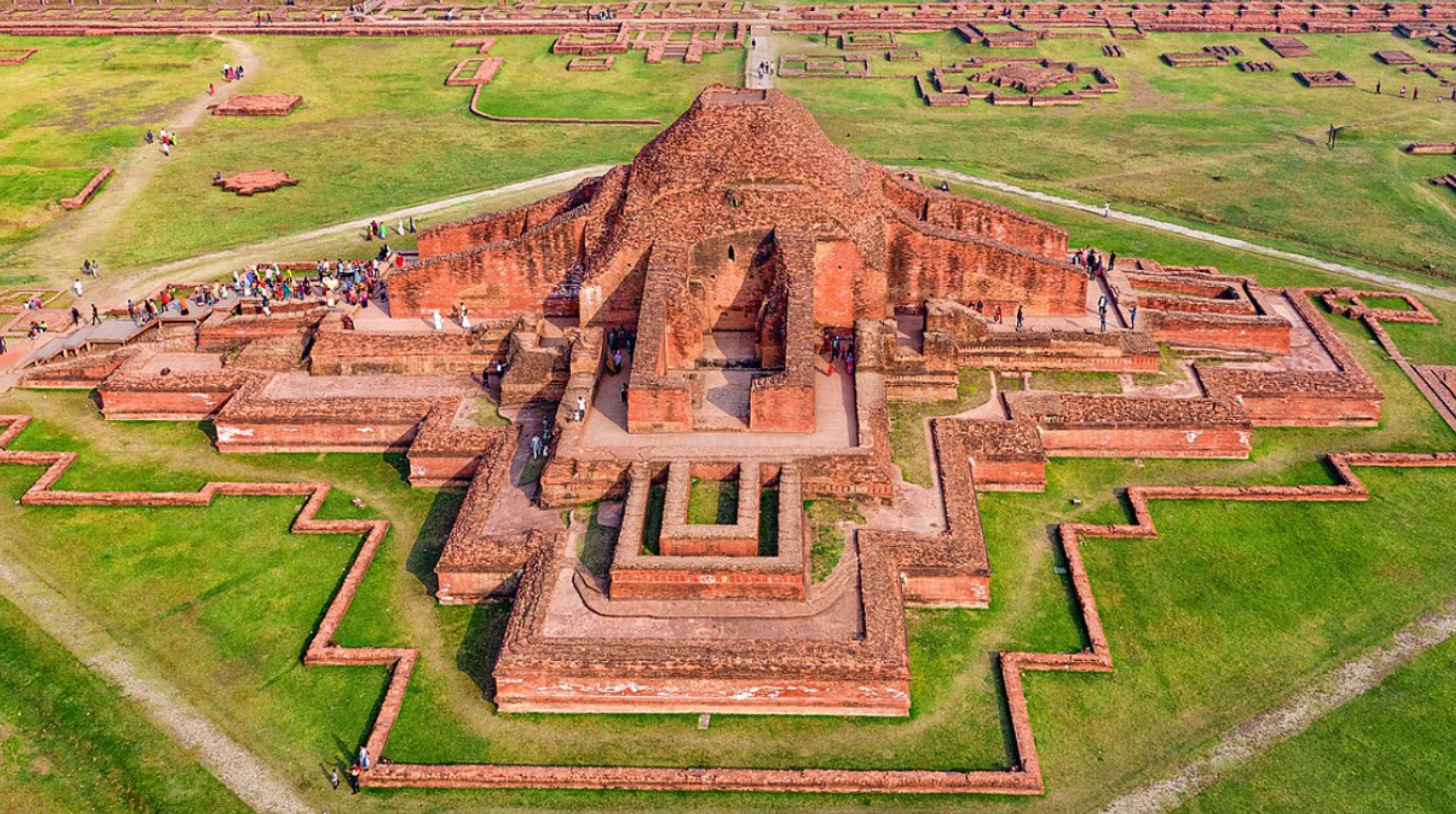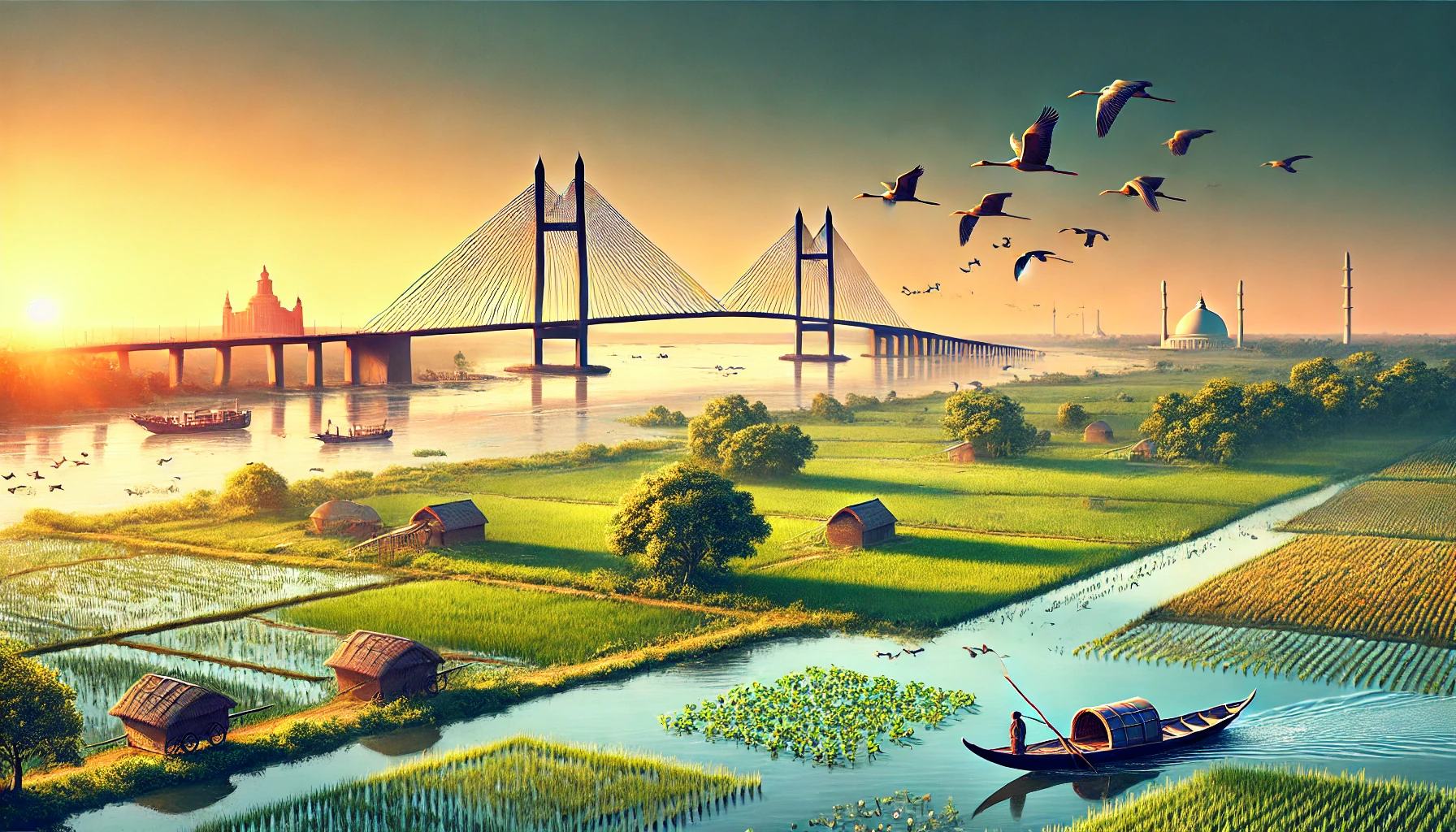Nestled in the northern part of Bangladesh, Joypurhat is a small yet fascinating district known for its rich history, cultural vibrancy, and natural beauty. Though not as widely known as other districts in the Rajshahi division, Joypurhat offers a perfect blend of historical treasures, scenic landscapes, and agricultural abundance. Let’s dive into the myriad wonders of this captivating region, from its ancient ruins to its bustling bazaars and serene countryside.
Historical Legacy of Joypurhat
Joypurhat’s historical roots date back to ancient civilizations, as evidenced by numerous archaeological sites scattered across the region. Historically, the area was part of the ancient Pundravardhana kingdom, and its ties to Buddhist, Hindu, and Islamic cultures are evident in the ruins and relics found here. Joypurhat’s role in shaping Bengal’s cultural and political history is as significant as it is intriguing, making it a treasure trove for history enthusiasts.
Geography and Location
Covering an area of 965.44 square kilometers, Joypurhat is bordered by India to the north and west, Gaibandha and Bogura to the east, and Naogaon to the south. Its fertile plains are watered by rivers such as the Tulsiganga, Harabati, and Chhoto Jamuna, which not only enhance the district’s agricultural productivity but also contribute to its scenic beauty.
The district enjoys a moderate climate, with hot summers, pleasant winters, and ample rainfall, making it an ideal place for agriculture and outdoor exploration.
Administrative Divisions: Upazilas of Joypurhat
Joypurhat is divided into five administrative upazilas, each offering unique attractions and cultural insights:
1. Joypurhat Sadar Upazila
The heart of the district, Joypurhat Sadar, serves as its administrative and economic hub. The town is home to modern amenities, bustling markets, and cultural landmarks, blending urban convenience with traditional charm.
2. Akkelpur Upazila
Known for its serene villages and agricultural activities, Akkelpur is a haven for those seeking peace and a glimpse of rural Bangladesh. The area is particularly known for its rice and vegetable production.
3. Kalai Upazila
Kalai is famous for its sugarcane cultivation, which plays a significant role in the local economy. The upazila is dotted with picturesque farmland and small water bodies.
4. Khetlal Upazila
Steeped in history, Khetlal offers visitors a chance to explore ancient ruins and enjoy the tranquility of rural life. It is also a hub for traditional crafts and cottage industries.
5. Panchbibi Upazila
Panchbibi is celebrated for its archaeological significance, with several ancient temples and ruins that highlight the area’s rich cultural heritage.
Must-Visit Attractions in Joypurhat
Paharpur Buddhist Monastery (Somapura Mahavihara)
Although technically located in Naogaon district, this UNESCO World Heritage Site is easily accessible from Joypurhat. Built during the Pala dynasty in the 8th century, it is one of the largest Buddhist monasteries in South Asia and a testament to the region’s historical prominence.
Haripur Rajbari
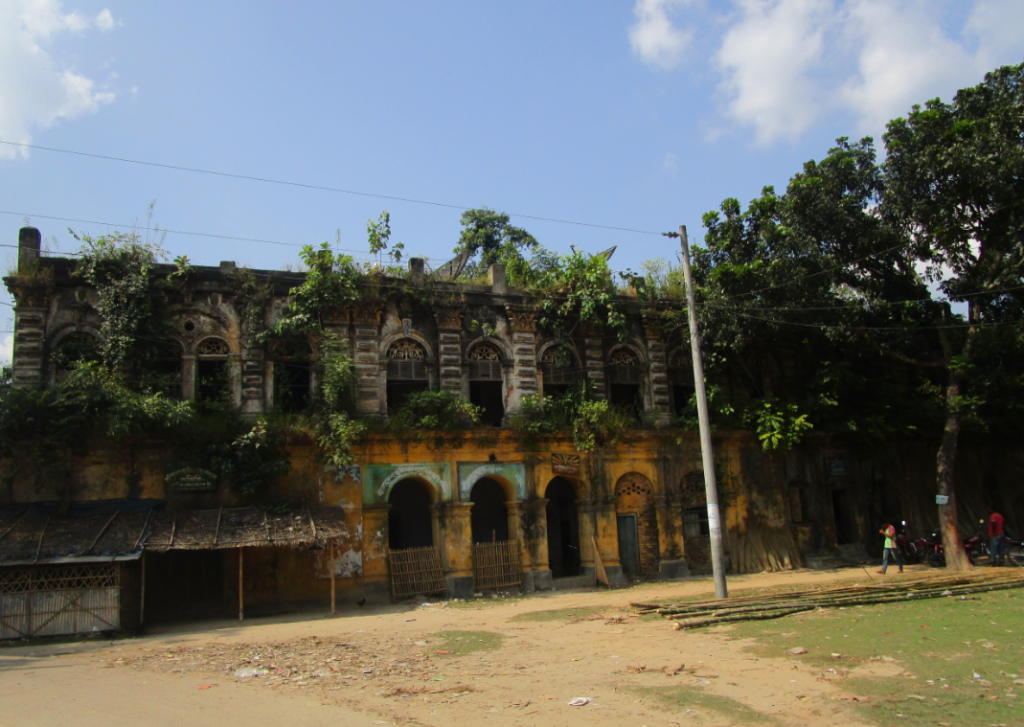
This grand zamindar mansion showcases the architectural brilliance of Bengal’s feudal era. Haripur Rajbari is a must-visit for history buffs and anyone interested in the colonial and pre-colonial history of Bangladesh.
Pagla Dewan’s Dighi (Lake)
A tranquil lake surrounded by greenery, Pagla Dewan’s Dighi is a popular spot for picnics and leisurely outings. The lake is steeped in local folklore, adding an element of mystique to its charm.
Barshibalaya Temple
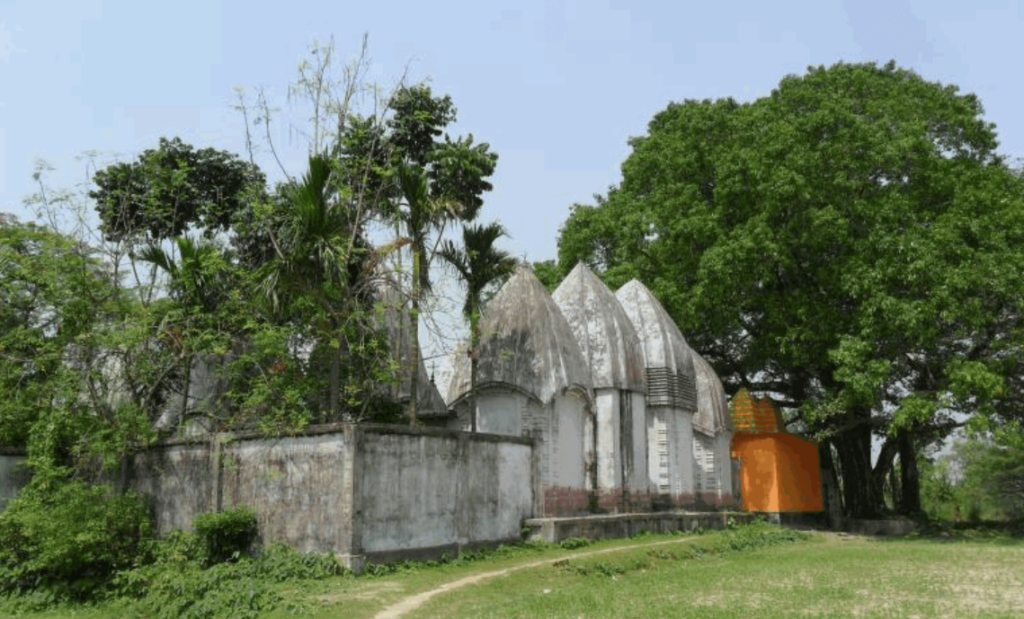
An ancient Hindu temple, Barshibalaya is not just a place of worship but also a symbol of the religious harmony and spiritual richness of the region.
Fish Seed Multiplication Farm
Joypurhat’s Matsya Beej Khamar is one of the largest fish seed farms in the country. Visitors can learn about aquaculture while enjoying the serene surroundings.
Jubilee High School
This historic educational institution, established during the British colonial era, reflects the district’s commitment to education and cultural progress.
Economic Significance of Joypurhat
Joypurhat is a predominantly agricultural district, with fertile lands that yield abundant crops. Key agricultural products include:
- Rice: Known as the “Granary of Rajshahi,” Joypurhat produces high-quality rice.
- Sugarcane: The district is home to Joypurhat Sugar Mills, one of the largest sugar mills in Bangladesh.
- Vegetables and Fruits: Joypurhat’s farmers cultivate a variety of vegetables and fruits, contributing to both local and national food security.
The district also has a thriving cottage industry, producing items such as pottery, handwoven textiles, and traditional bamboo crafts.
Cultural and Religious Diversity
Joypurhat is a melting pot of cultures and religions, with Muslims, Hindus, and Buddhists living harmoniously. The district is known for its vibrant festivals, including:
- Durga Puja: A major Hindu festival celebrated with grandeur.
- Eid-ul-Fitr and Eid-ul-Adha: Islamic festivals that unite the community in joyous celebrations.
- Buddha Purnima: Observed by the Buddhist community in honor of Lord Buddha.
Traditional Baul songs, folk dances, and Jatra (folk theater) performances are an integral part of the district’s cultural life.
Famous Personalities of Joypurhat
Several notable individuals hail from Joypurhat, contributing to various fields such as literature, politics, and the arts. Some prominent figures include:
- Dr. Abdur Razzaq: Renowned academic and social reformer.
- Freedom Fighters: Joypurhat played a significant role in the Liberation War of 1971, with many local heroes sacrificing their lives for the independence of Bangladesh.
Travel Tips and Local Cuisine
Travel Tips
- Best Time to Visit: Winter (November to February) offers pleasant weather for exploring the district.
- Getting There: Joypurhat is well-connected by road and rail. Regular buses and trains run from Dhaka and other major cities.
Local Cuisine
Joypurhat’s culinary scene is dominated by traditional Bengali dishes. Visitors should try:
- Pitha (Rice Cakes): Popular during winter festivals.
- Shutki Maachh (Dried Fish): A delicacy loved by locals.
- Payesh (Rice Pudding): A sweet treat often served on special occasions.
Conclusion: A Gem Worth Exploring
Joypurhat is more than just a district; it’s a living museum of history, culture, and natural beauty. Whether you’re wandering through ancient ruins, savoring the simplicity of rural life, or marveling at its agricultural abundance, Joypurhat offers something for everyone.
Plan a visit to this hidden gem and discover the stories, sights, and flavors that make Joypurhat a truly unique destination in Bangladesh.
